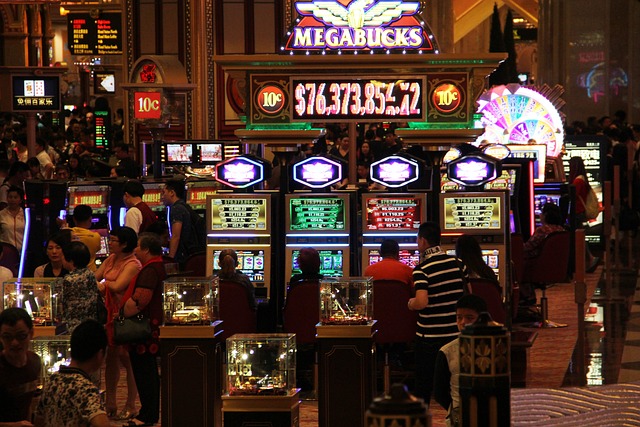Casino design is the most important aspect that significantly affects the behavior of gamblers. From the layout of the gaming halls to the colors used and the design of online platforms, every detail is carefully thought out. This allows you to create an environment that maximizes the involvement of players and increases the time spent indoors. In this article, we will look at how the design of physical and virtual casinos affects the behavior of gambling players. And also find out which strategies underlie such designs.
The Psychology Behind Physical Casino Design
Layout Optimization
The layout of a casino is designed to keep players engaged and gambling for as long as possible. Traditionally, casinos use a maze-like design that makes it easy for players to get in but hard to find a way out. This layout minimizes the time a player spends looking for exits and maximizes engagement with games. Everything from the carpet patterns to the ceiling lights is strategically placed to lead players back to the gaming areas.
Sensory Stimulation
Casinos are masters of sensory stimulation. Bright lights and stimulating sounds from slot machines create an atmosphere of excitement and possibility. These elements are designed to trigger emotional responses that encourage gamblers to stay, play, and return. Furthermore, the use of color schemes, such as reds and golds, can create feelings of luxury and heightened emotions, pushing players to gamble more aggressively.
No Time Cues
Another common design tactic is the absence of clocks and windows in casinos. This intentional omission helps to create a timeless space, where the normal rules of day or night do not influence a player’s decision to stop gambling. Without these cues, players lose track of time, extending their stay and play.
Online Casino Design and User Experience

Interface and Accessibility
The design of an online casino significantly impacts player behavior and site retention. A user-friendly interface that is easy to navigate ensures that players can find their favorite games quickly and easily. Accessibility features, such as adjustable text sizes and color contrast, cater to a broader audience, including those with visual impairments. HellSpin has an excellent design, which is a good example of a successful online casino design. Its design and user-friendly interface are designed for players. It improves the gaming experience, simplifies the use of the platform and immerses you in the atmosphere of a real casino.
Game Placement and Variety
Online casinos also strategically place games to maximize player engagement. Popular games are often positioned prominently to attract attention immediately. Additionally, offering a wide variety of games keeps players interested and less likely to switch to competitor sites. This variety is crucial in retaining the player’s attention and encouraging longer play sessions.
Visuals and Theming
Graphics and theming are vital components of an online casino’s design. High-quality visuals and thematic elements that resonate with users can enhance the gaming experience, making gameplay more enjoyable and engaging. Themes are often aligned with popular culture or exotic fantasies, providing a form of escapism that can encourage players to frequent the platform more often.
The Role of Technology in Casino Design

Advanced Data Analytics
Both land-based and online casinos use advanced data analysis techniques. This is necessary to study the behavior of gamblers and improve their design. In conventional casinos, this data helps to determine the best location of slot machines and the most efficient layout for pedestrians. Online casinos use this information to customize the selection of games and conduct promotions. And also to provide personalized recommendations to players.
Virtual Reality
Virtual reality technology is also starting to influence casino design. Virtual reality creates conditions for deep immersion. Which can mimic or even enhance the experience that you can get at regular casinos. For online casinos, virtual reality offers a new way to attract players. It provides them with realistic gaming experiences that they can enjoy from the comfort of their homes.
Conclusion
The architecture and design of casinos play a key role in influencing the behavior of gamblers. Whether it’s the strategic layout of the gaming room or the thoughtful design of the online platform. After all, each element is designed in such a way as to increase player engagement and extend gaming sessions. With the development of technology, casino design will also evolve in the future. Which will offer potentially even more effective ways to attract and retain players.



